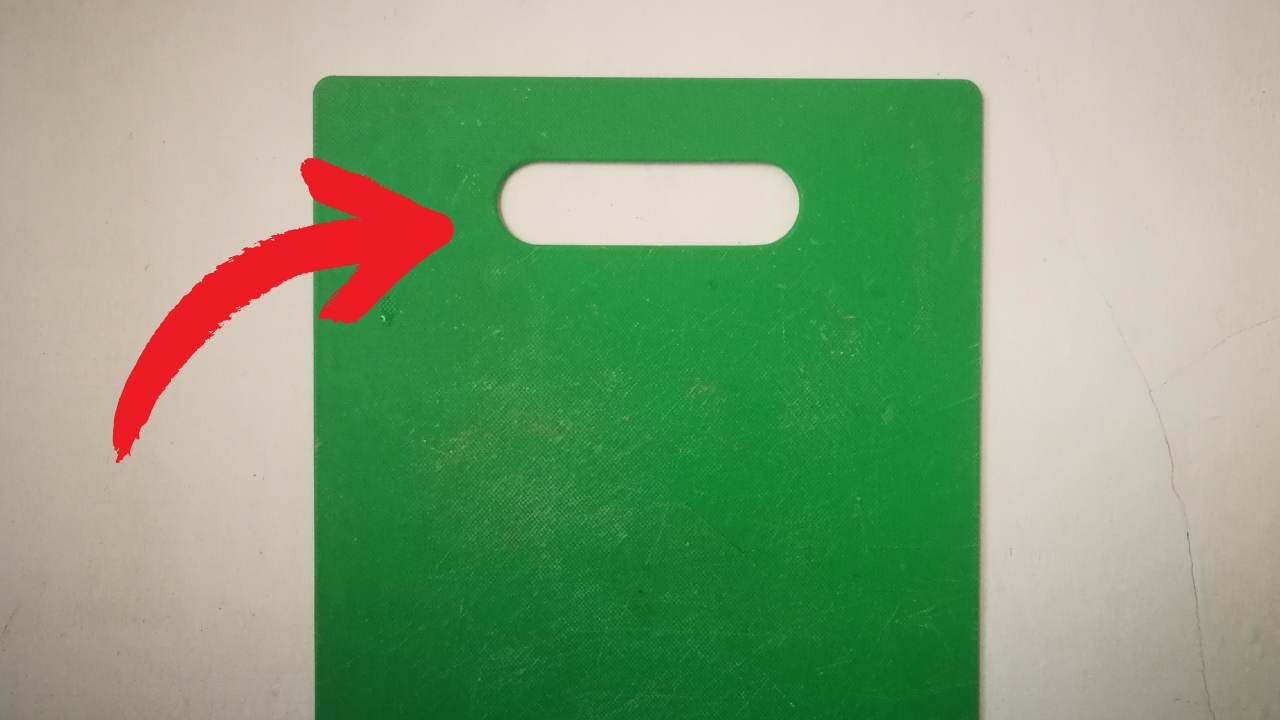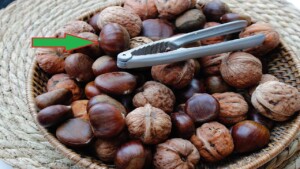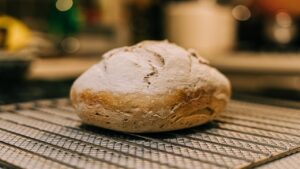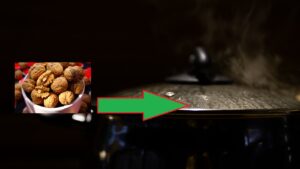Did You Know That the Hole In The Cutting Board Is Not Just a Handle? It Has a Very Specific Purpose, Which Few People Know About
Join us as we embark on an exploration of the captivating world of cutting boards! We are accompanied by Marco Critelli, an esteemed artist and influential Radio Marte speaker, who has reached a significant following through his videos on Instagram. Together, let’s uncover the secrets behind the cutting board hole and delve into its secrets!

To be honest, you’ve probably always assumed that the hole at the end of a chopping board had the only function of offering a comfortable gripping point so as to be able to easily transport and move the chopping board from one area of the kitchen to another.
What is the purpose of the hole in the cutting board?
You weren’t entirely wrong, that could be one of the functions of this form. As Marco sheds light on this feature that can prove to be quite useful. When you are preparing a large amount of food, the hole offers a convenient way to transfer the chopped pieces into a container, avoiding any spills on the countertop. This not only saves time but also prevents food from being wasted or accidentally falling onto the floor. It’s a clever trick to make your cooking process more efficient and ensure nothing goes to waste.

The hole in the cutting board can also be used as a drainage method or vent for liquids. For example, if you are cutting juicy fruits or vegetables, the hole can collect the excess liquid, preventing it from pooling on the countertop. This clever feature helps keep your workspace clean and tidy, ensuring that liquids don’t accumulate during food preparation.
In addition to its primary uses, the hole in the cutting board can be used in various other scenarios. For instance, it can serve as a hanging point, allowing you to suspend the board from a hook or wall mount.
Some cutting boards also come with a movable arm that can be inserted into the hole to keep the board firmly attached to the countertop. This is especially helpful when you’re cutting tougher foods like meat or bread. By locking the board in place, it becomes more stable and secure during the cutting process.





